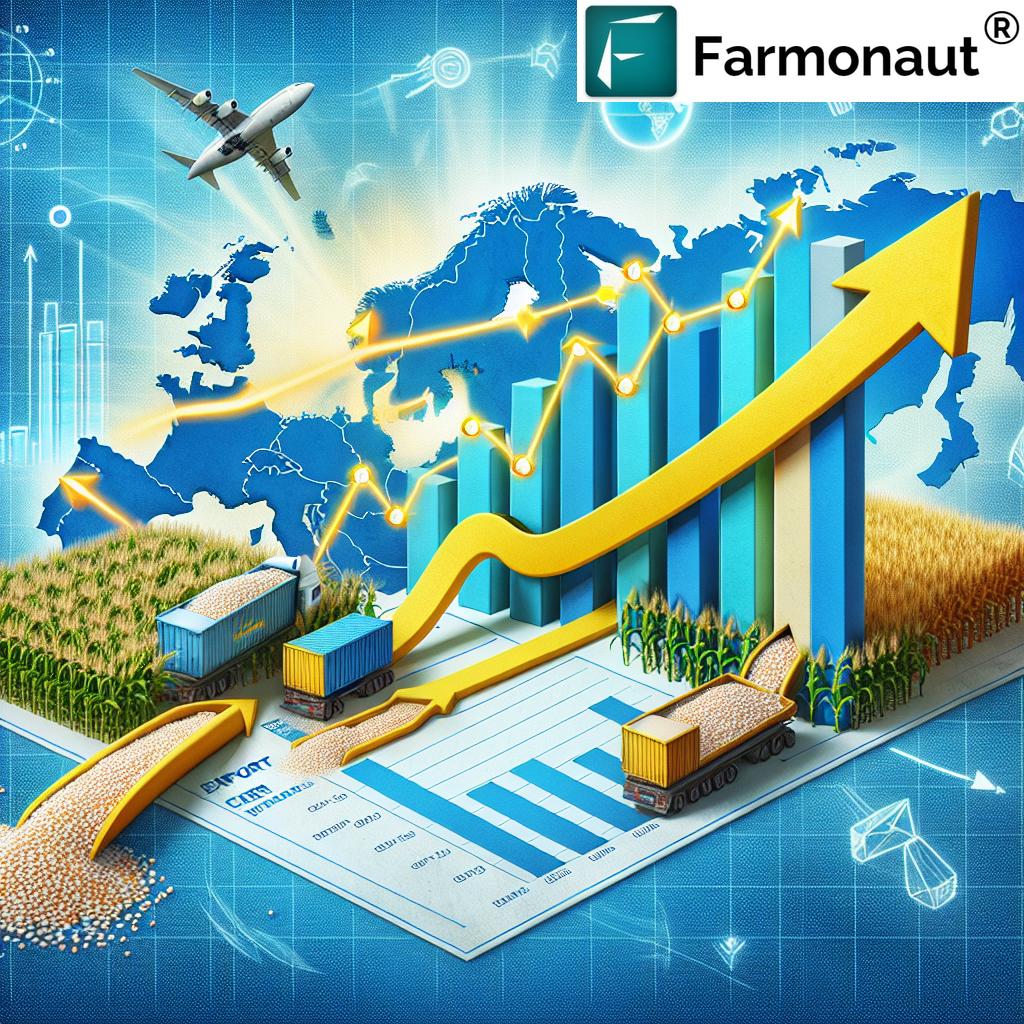Revolutionizing Industry: Ammonia Market Soars to $91.95 Billion by 2029 – Green Innovations Fuel Growth
The global ammonia market is experiencing a remarkable transformation, with projections indicating a surge to $91.95 billion by 2029. This growth, driven by a compound annual growth rate (CAGR) of 3.0%, is reshaping industries and paving the way for sustainable innovations. Let’s delve into the factors propelling this ammonia market growth forecast and explore the pivotal role of green technologies in this industrial revolution.

The Backbone of Agriculture: Anhydrous Ammonia
At the heart of this market expansion lies anhydrous ammonia, a critical component in agricultural fertilizers. The increasing agricultural fertilizer demand is a primary driver of the ammonia market’s growth. As global population rises and arable land decreases, farmers are turning to efficient fertilizers to boost crop yields, making anhydrous ammonia an indispensable resource.
- Anhydrous ammonia provides essential nitrogen for plant growth
- It’s cost-effective and highly concentrated, reducing transportation costs
- The substance can be directly applied to soil or used in the production of other nitrogen fertilizers
For farmers looking to optimize their fertilizer use, Farmonaut’s satellite-based crop monitoring app offers valuable insights into field conditions and nutrient needs.
Textile Industry: A Growing Ammonia Consumer
The textile industry ammonia use is another significant factor contributing to the market’s expansion. Emerging markets like China and India are witnessing a boom in textile production, where ammonia plays a crucial role in fabric processing and dyeing.
- Ammonia is used in the production of synthetic fibers
- It acts as a pH regulator in dyeing processes
- The compound helps in improving color fastness and fabric durability
As fashion trends evolve and demand for textiles increases, the industry’s reliance on ammonia is set to grow, further fueling the global ammonia demand.
European Leadership in Green Ammonia Innovations
The European ammonia market trends are shifting towards sustainability, with the region taking the lead in green ammonia production. Companies like Yara International and BASF are at the forefront of developing low-carbon ammonia production methods, aligning with the European Green Deal’s ambitious carbon neutrality goals.

These green ammonia innovations include:
- Electrolysis-based production using renewable energy
- Carbon capture and storage technologies
- Biomass-based ammonia synthesis
The push towards green ammonia not only addresses environmental concerns but also opens up new market opportunities, potentially revolutionizing sectors beyond agriculture and textiles.
Diversifying Industrial Ammonia Applications
Industrial ammonia uses continue to expand, supporting the overall market growth. The versatility of ammonia makes it an essential component in various industries, contributing to the positive ammonia market forecast 2029.
Key industrial ammonia applications include:
- Refrigeration systems in food processing and cold storage
- Production of plastics, explosives, and synthetic fibers
- Water treatment and purification processes
- Emissions control in power plants
For businesses looking to leverage ammonia in their operations, Farmonaut’s API can provide valuable data on environmental conditions that may affect ammonia usage and storage.
The Future of Ammonia: Sustainable and Innovative
As we look towards the ammonia market forecast 2029, several key trends emerge that will shape the industry’s future:
- Increased focus on green ammonia: With growing environmental concerns, investment in sustainable production methods will accelerate.
- Expansion in emerging markets: Countries in Asia and Africa will drive demand growth as they modernize their agricultural and industrial sectors.
- Technological advancements: Innovations in production, transportation, and application of ammonia will improve efficiency and reduce costs.
- Regulatory influences: Government policies promoting cleaner technologies will impact market dynamics, especially in developed regions.
These trends indicate a bright future for the ammonia market, with sustainability at its core. For those interested in staying updated on agricultural trends and technologies, Farmonaut’s Android app and iOS app offer valuable insights and tools.
Conclusion: A Market Poised for Transformation
The projected growth of the ammonia market to $91.95 billion by 2029 represents more than just a number; it signifies a transformation in how we approach agriculture, industry, and sustainability. From the fields where anhydrous ammonia nourishes crops to the cutting-edge facilities producing low-carbon alternatives, the ammonia industry is at the cusp of a green revolution.
As we move forward, the interplay between traditional uses and innovative applications will continue to drive the market. The European ammonia market will likely maintain its position as a trendsetter in sustainability, while emerging economies will contribute significantly to demand growth.
For businesses, researchers, and policymakers, staying informed about these developments is crucial. Tools like Farmonaut’s API Developer Docs can provide valuable data and insights to navigate this evolving landscape.
In conclusion, the ammonia market’s journey to 2029 is not just about growth in numbers; it’s about reimagining industrial processes, enhancing agricultural productivity, and paving the way for a more sustainable future. As green innovations continue to fuel this growth, the ammonia industry stands as a testament to the power of innovation in addressing global challenges.
Stay ahead of the curve in agricultural technology and market trends with Farmonaut’s comprehensive suite of tools and services:
















